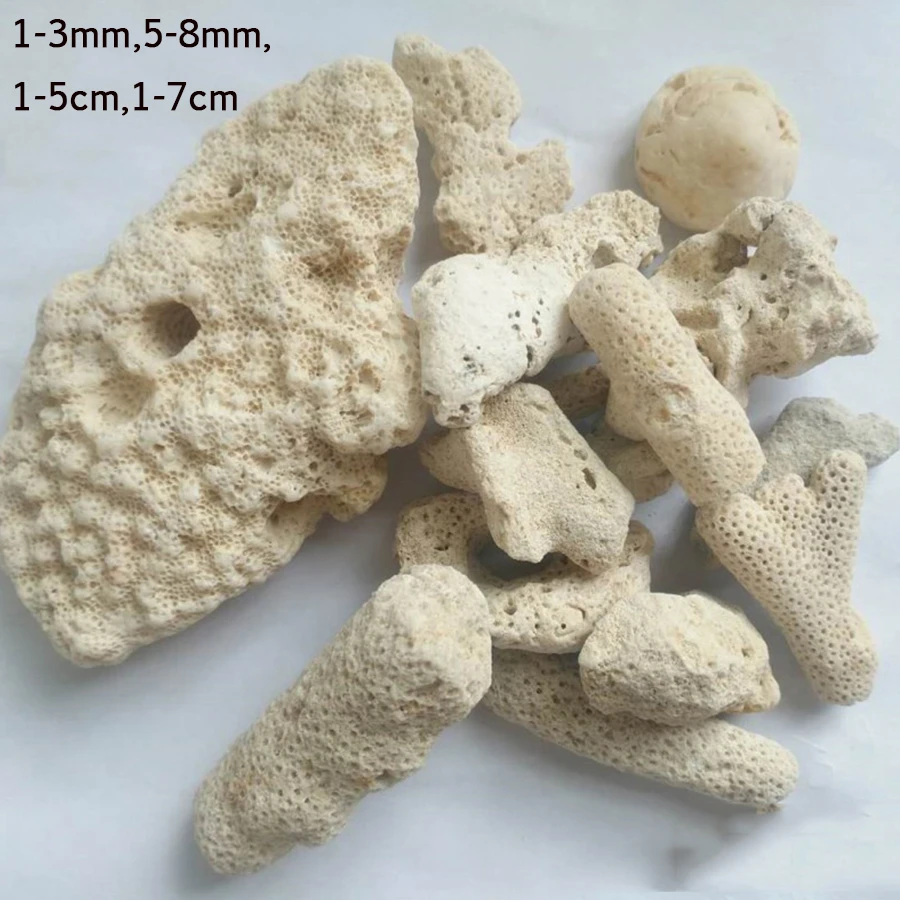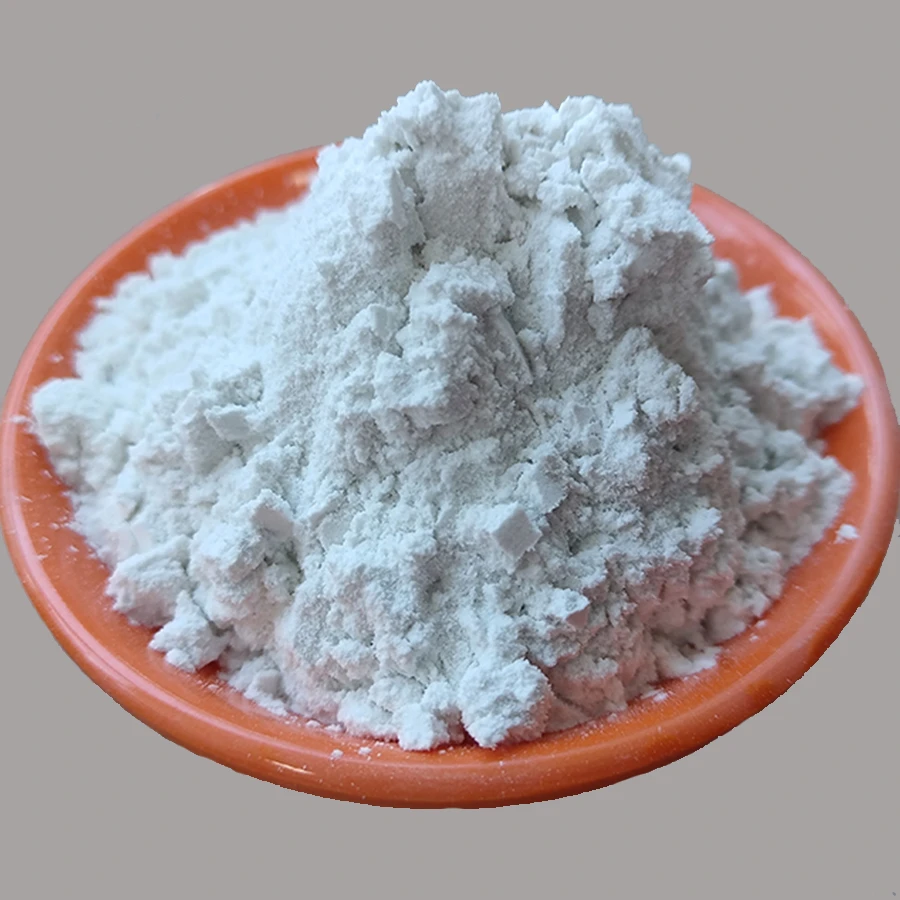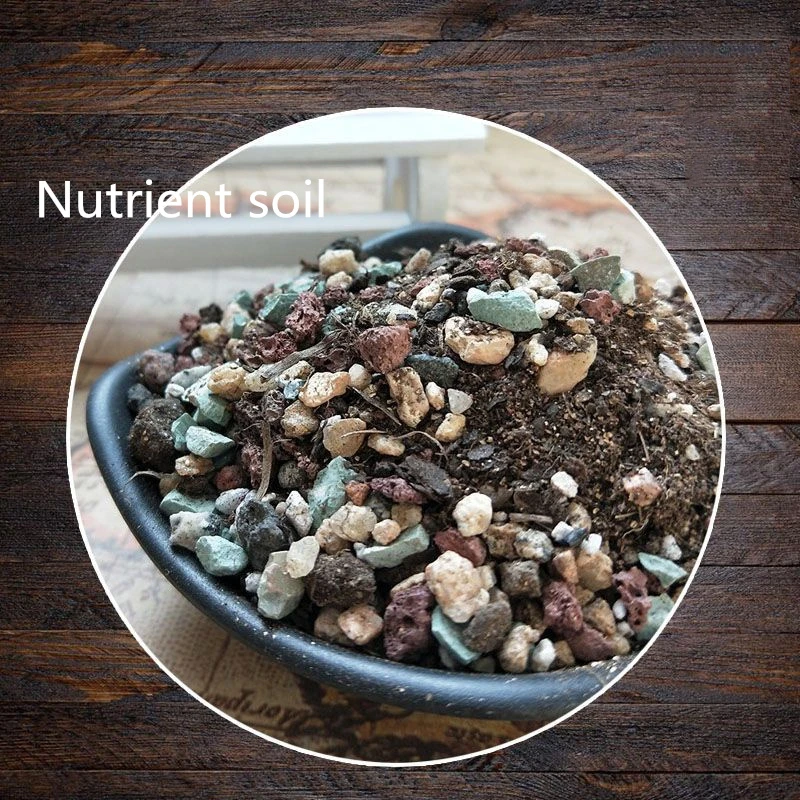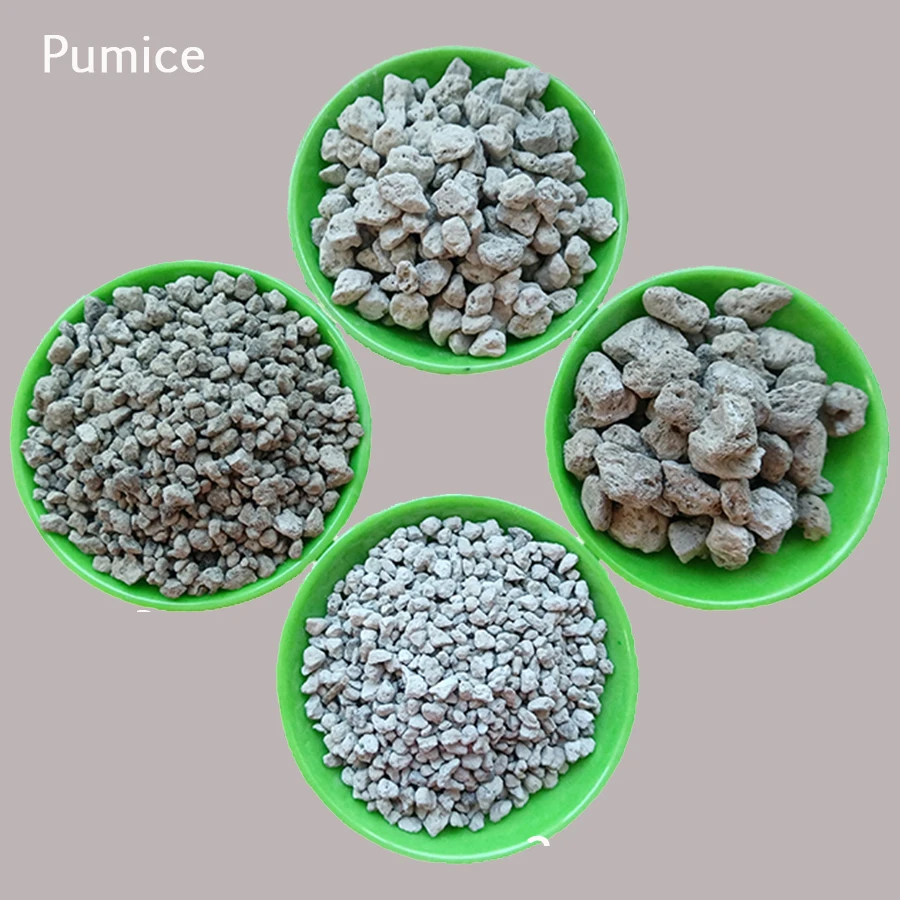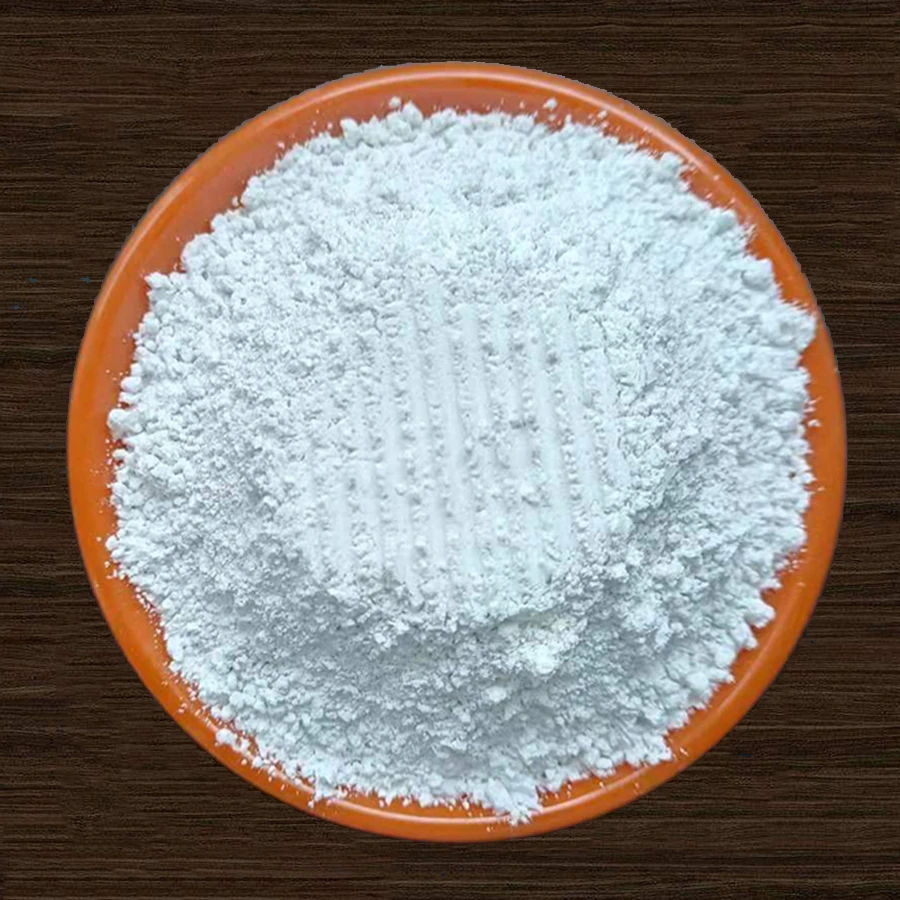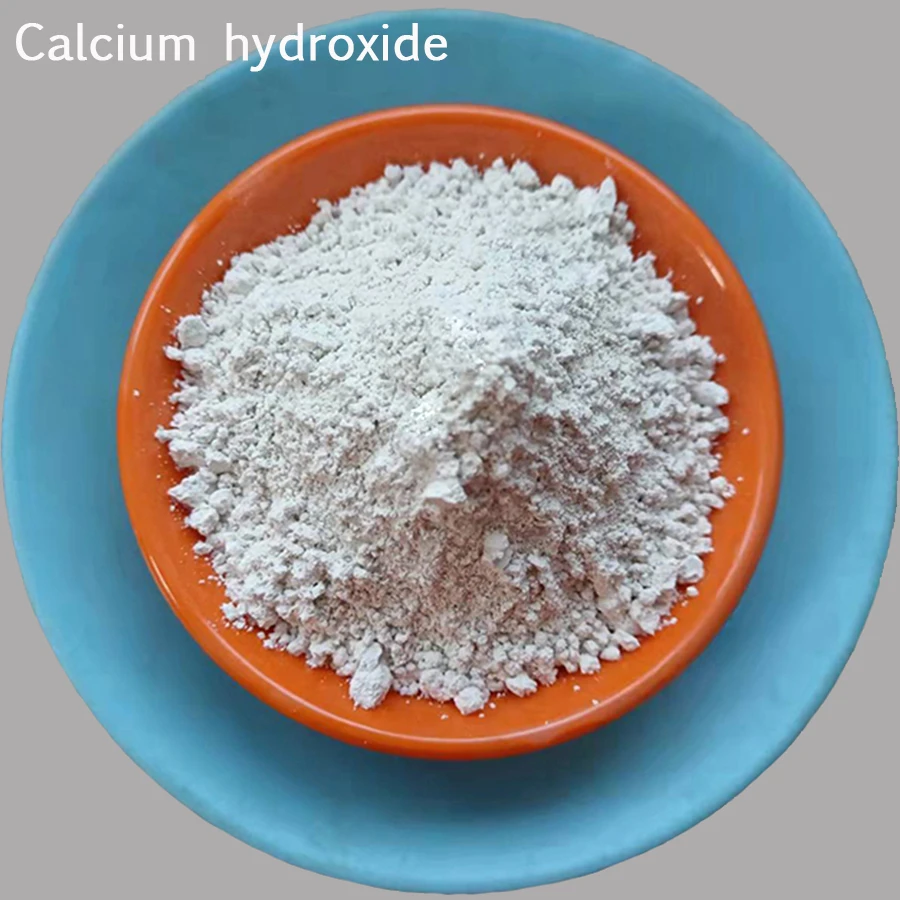
- Afrikaans
- Albanian
- Arabic
- Belarusian
- Bengali
- Czech
- Danish
- Dutch
- English
- Finnish
- French
- Galician
- German
- Greek
- Hebrew
- Hungarian
- Indonesian
- irish
- Italian
- Japanese
- Javanese
- kazakh
- Khmer
- Rwandese
- Korean
- Kyrgyz
- Lao
- Latin
- Latvian
- Lithuanian
- Malay
- Maltese
- Mongolian
- Myanmar
- Norwegian
- Persian
- Polish
- Portuguese
- Romanian
- Russian
- Serbian
- Slovak
- Spanish
- Swedish
- Tagalog
- Thai
- Turkish
- Ukrainian
- Vietnamese
- Welsh
- Market Overview & Growth Projections
- Technical Superiority in Modern Production
- Competitive Manufacturer Analysis
- Customization Capabilities
- Real-World Application Breakdown
- Cost Optimization Strategies
- Future Outlook for Industrial Adoption
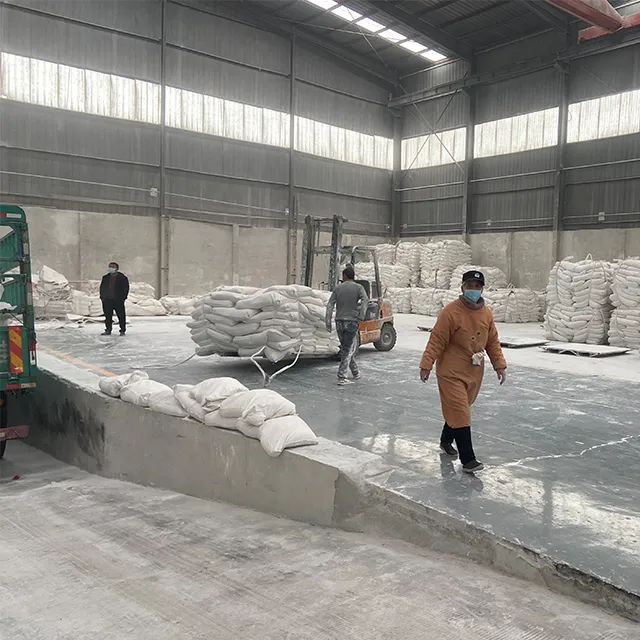
(iron oxide pigment)
Iron Oxide Pigment Market Dynamics and Projected Growth
The global iron oxide pigment
market will reach $2.78 billion by 2029, growing at 4.9% CAGR according to Allied Market Research. This expansion correlates with construction sector demands (42% of total consumption) and automotive coating innovations. Synthetic variants now constitute 68% of industrial applications due to enhanced chromatic consistency versus natural alternatives.
Engineering Advancements in Pigment Production
Modern synthetic iron oxide pigment manufacturing employs calcination processes achieving 99.5% Fe₂O₃ purity. Key technical parameters:
- Thermal stability: 280-300°C threshold
- Lightfastness: Grade 8 (ASTM D4303)
- Oil absorption: 15-25 g/100g
Manufacturer Performance Benchmarking
| Feature | Venator | Lanxess | Titanos |
|---|---|---|---|
| Particle Size (μm) | 0.3 | 0.5 | 0.4 |
| Batch Consistency | ±0.8% | ±1.2% | ±1.5% |
| Moisture Content | ≤0.3% | ≤0.5% | ≤0.6% |
| Price/Ton (USD) | 1,450 | 1,380 | 1,290 |
Tailored Formulation Development
Leading suppliers now offer customized iron oxide yellow pigment solutions with adjustable properties:
- Surface treatments for specific binder compatibility
- Particle distribution optimization (D50 control ±0.1μm)
- Regulatory-compliant formulations (REACH, FDA)
Industrial Implementation Case Studies
A European concrete producer achieved 15% cost reduction using optimized synthetic iron oxide pigment blends in architectural precast elements. Technical specifications:
"Our pigment loading decreased from 5.2% to 4.1% while maintaining ASTM C979 chromatic standards. Annual material savings: €320,000."
Pricing Structure Optimization
Current iron oxide pigment price ranges show 18-22% regional variations. Bulk procurement strategies (minimum 20-ton orders) can yield 12-15% cost advantages. Transportation accounts for 9-14% of total landed cost in transcontinental transactions.
Iron Oxide Pigment in Next-Gen Applications
Emerging uses in lithium-ion battery cathode coatings (23% efficiency improvement) and smart construction materials demonstrate iron oxide pigment's technical versatility. R&D initiatives focus on photocatalytic variants for air purification systems, potentially expanding market value by $410 million by 2031.

(iron oxide pigment)
FAQS on iron oxide pigment
Q: What are the main applications of iron oxide yellow pigment?
A: Iron oxide yellow pigment is widely used in construction materials, paints, and coatings due to its UV resistance and durability. It is also popular in ceramics, plastics, and cosmetics for its stable color properties.
Q: How is synthetic iron oxide pigment produced?
A: Synthetic iron oxide pigment is manufactured through chemical processes like precipitation or thermal decomposition, which control particle size and purity. This method ensures consistent color quality and higher performance compared to natural alternatives.
Q: What factors influence iron oxide pigment price?
A: Pricing depends on raw material costs, production methods, and market demand. Synthetic variants are typically pricier than natural ones due to their controlled manufacturing processes and enhanced properties.
Q: Can iron oxide yellow pigment withstand harsh environmental conditions?
A: Yes, its chemical stability makes it resistant to weathering, moisture, and temperature fluctuations. This makes it ideal for outdoor applications like concrete coloring and industrial coatings.
Q: Are synthetic iron oxide pigments eco-friendly?
A: Synthetic pigments often have lower heavy metal content and comply with environmental regulations. However, sustainability varies by manufacturer, so certifications like REACH should be verified.
Related News





